TPW TV –Game of Gobblers
Friday, September 21st, 2018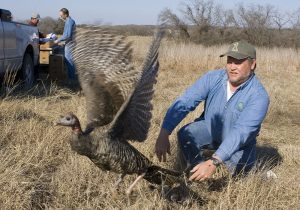
TPW biologist Trevor Tanner releases a Rio Grande turkeys on Price 77 Ranch near Blooming Grove, Texas
This is Passport to Texas
When European settlers started coming to East Texas, turkeys were thriving. But those settlers quickly changed the landscape.
Around 1925, a hunter could harvest up to 25 turkeys a year. By the 1940s there were less than 100 eastern wild turkeys throughout East Texas. Over-harvest as well as habitat decline really led to the demise of the population.
Kyle Hand is a Texas Parks and Wildlife Natural Resource Specialist. In the 1970s, the agency started a program of bringing wild trapped turkeys from other states to Texas. The program looked promising. Over the next 20 years, more than 7000 eastern wild turkeys were stocked in East Texas.
Now we’re using a super stocking strategy where we release 80 turkeys onto one area of good habitat in hopes that the population will grow from there.
Thanks to the success of these stockings, hunters like Terrence Jackson of Houston have an opportunity to enjoy spring turkey hunting in parts of East Texas.
When I’m on these turkey hunts, basically I love to get away from the busyness of Houston and work and the crowdedness. The sound of the birds, the quiet in the morning and walking through the woods. It’s something that pulls at you.
Experience an East Texas turkey hunt the week of September 23 on the Texas Parks and Wildlife TV series on PBS.
The Wildlife Restoration Program supports our series.
For Texas Parks and Wildlife, I’m Cecilia Nasti.

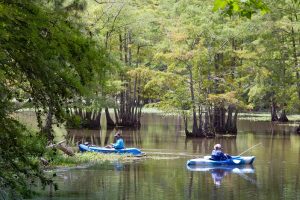
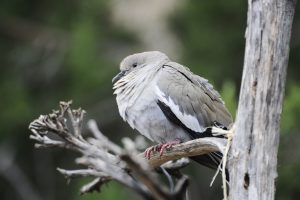
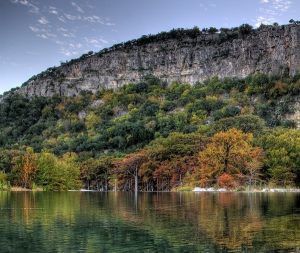
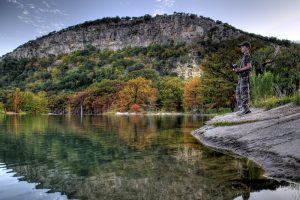

 Passport to Texas is a
Passport to Texas is a  Passport to Texas is made available by:
Passport to Texas is made available by: